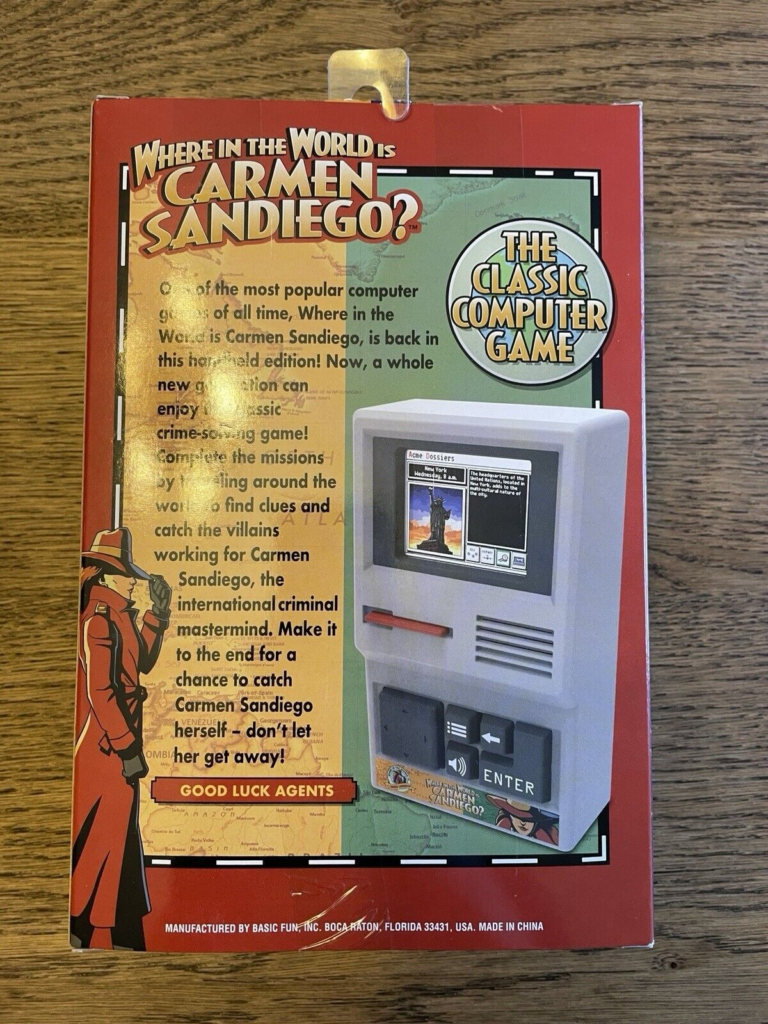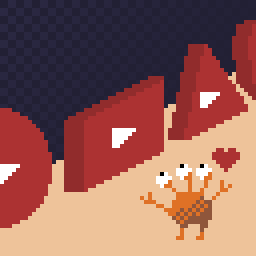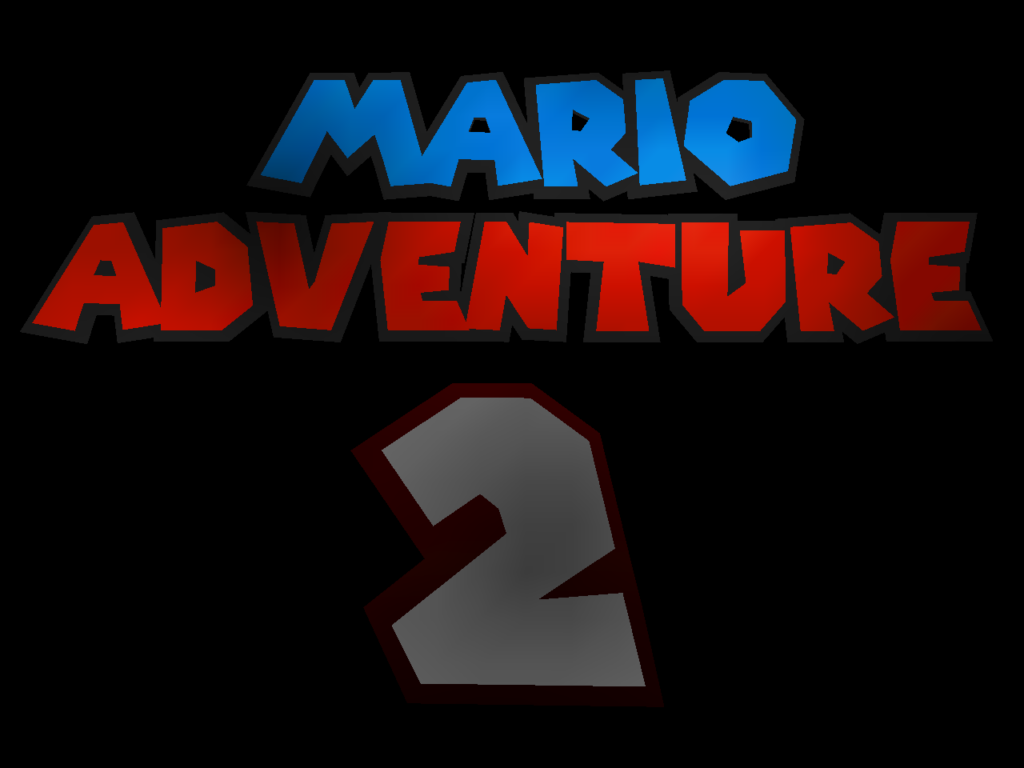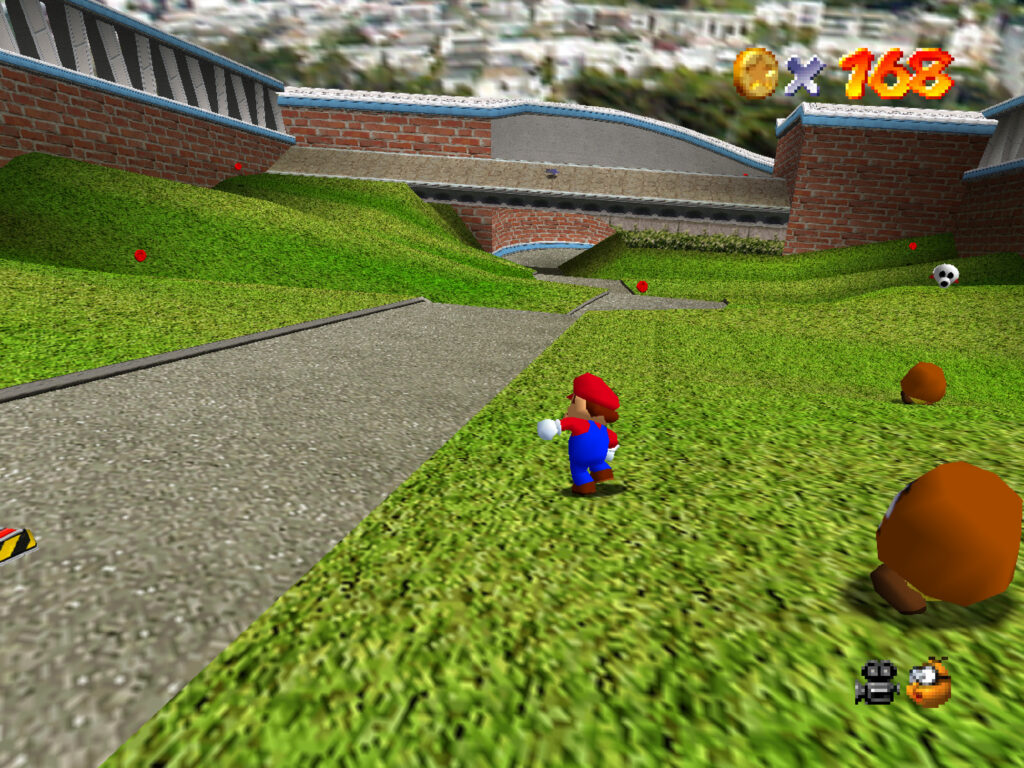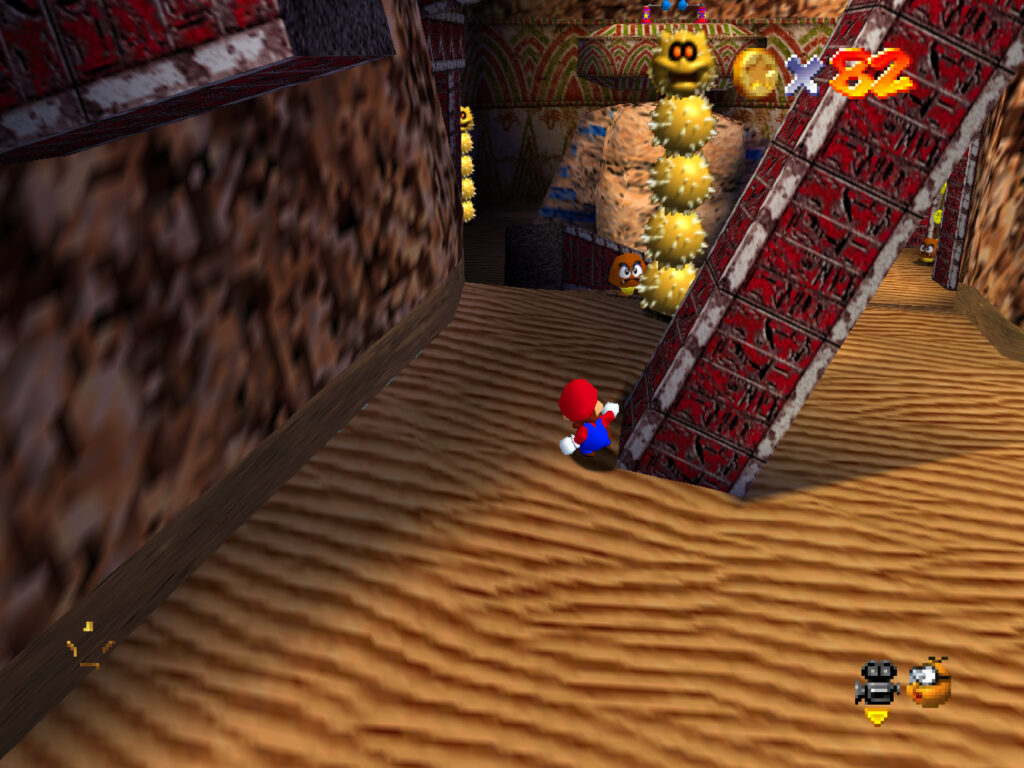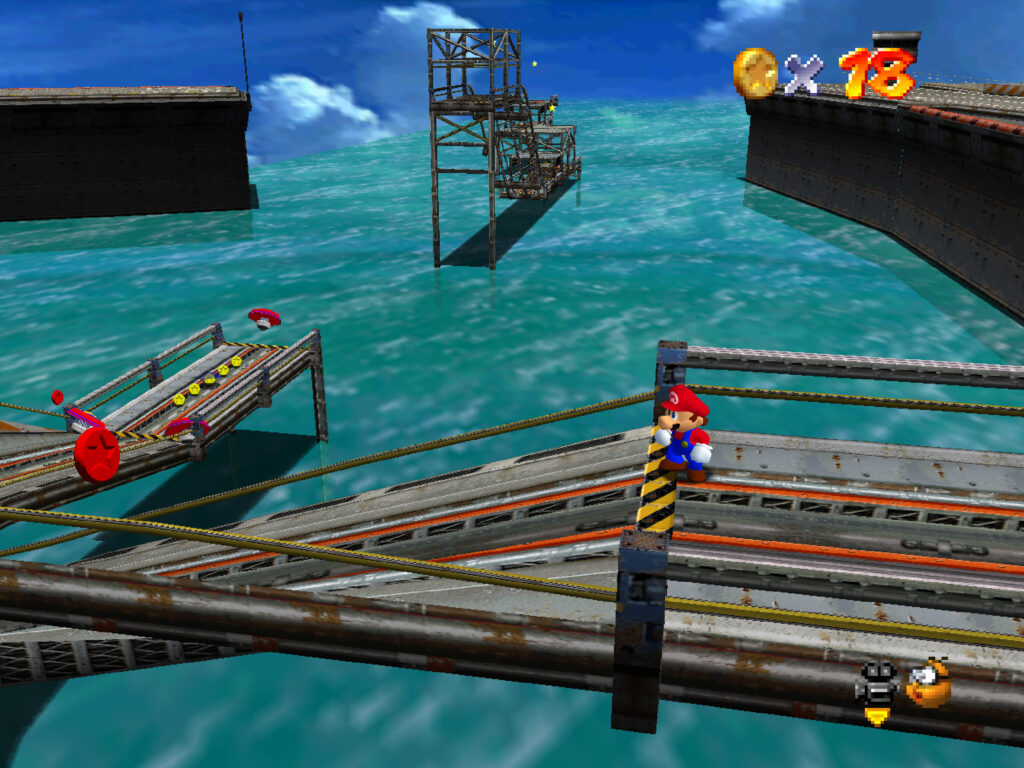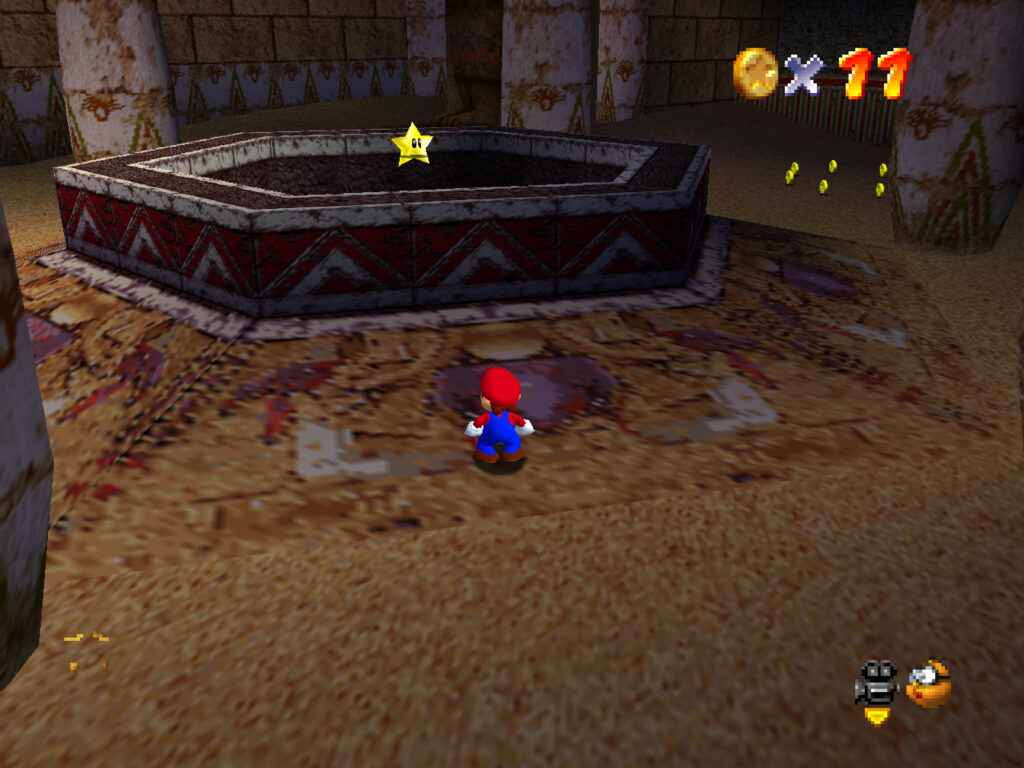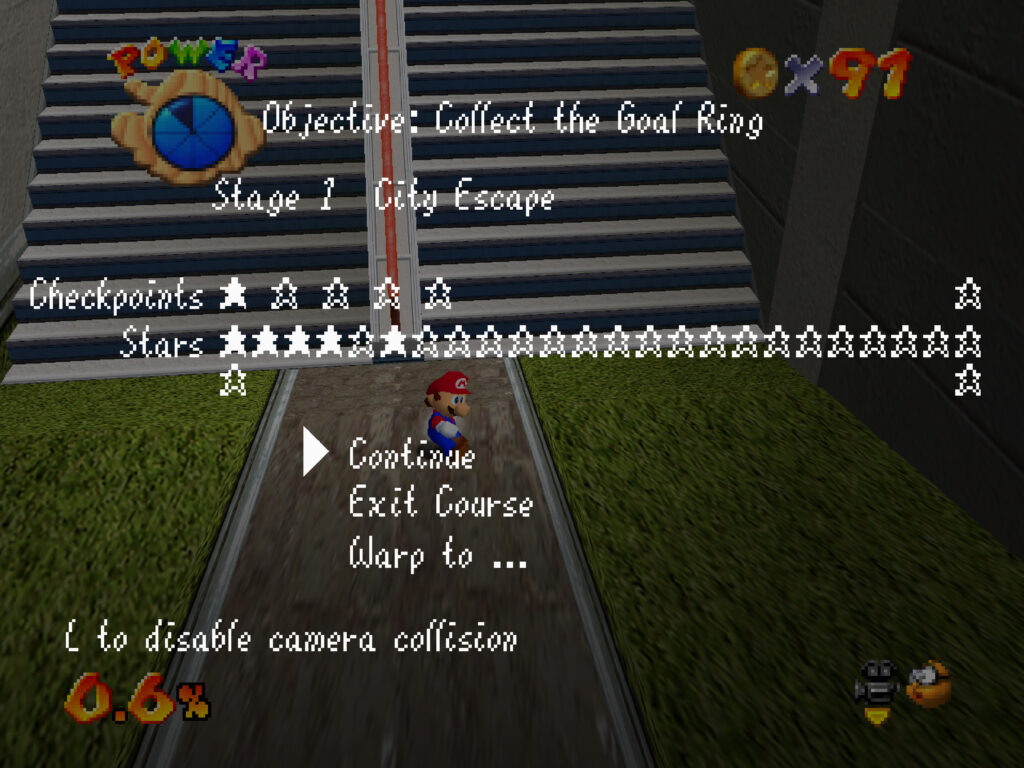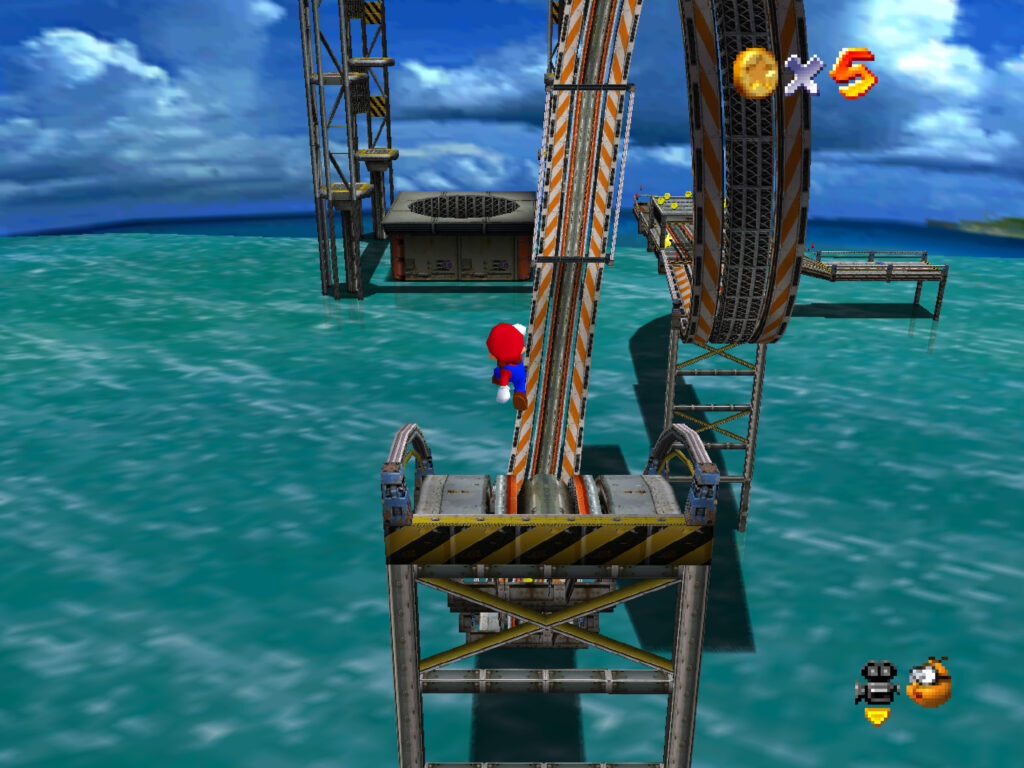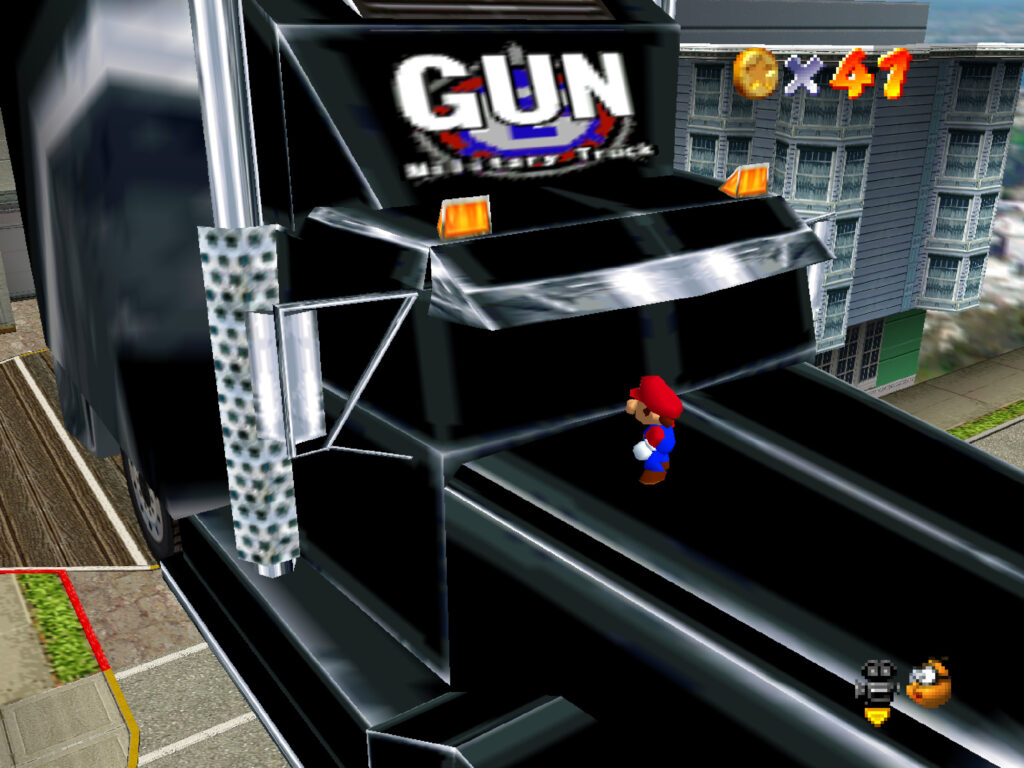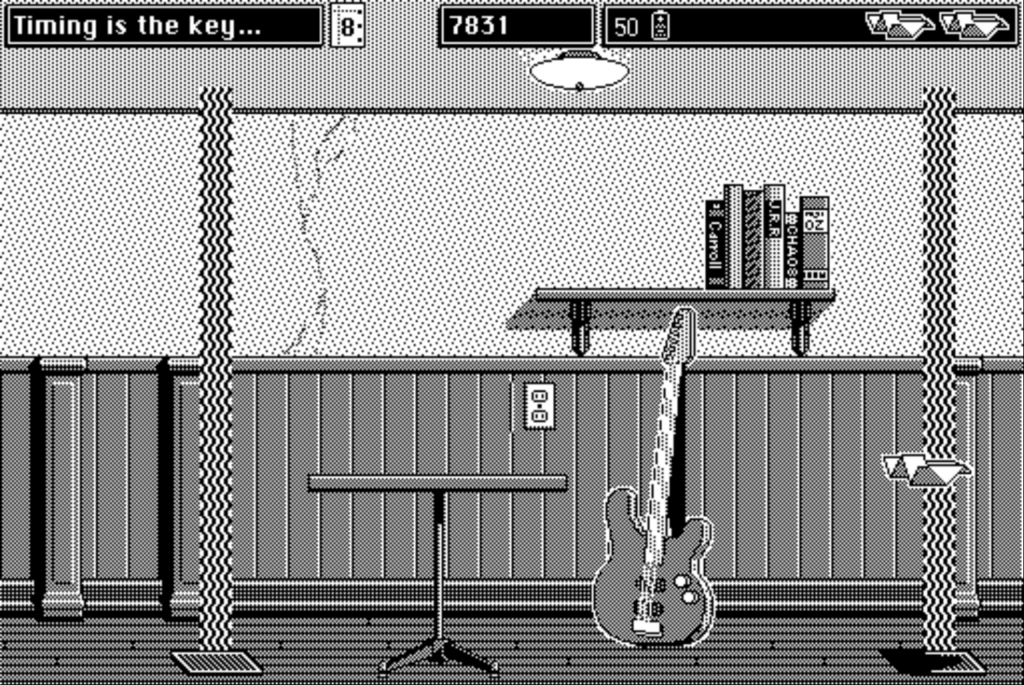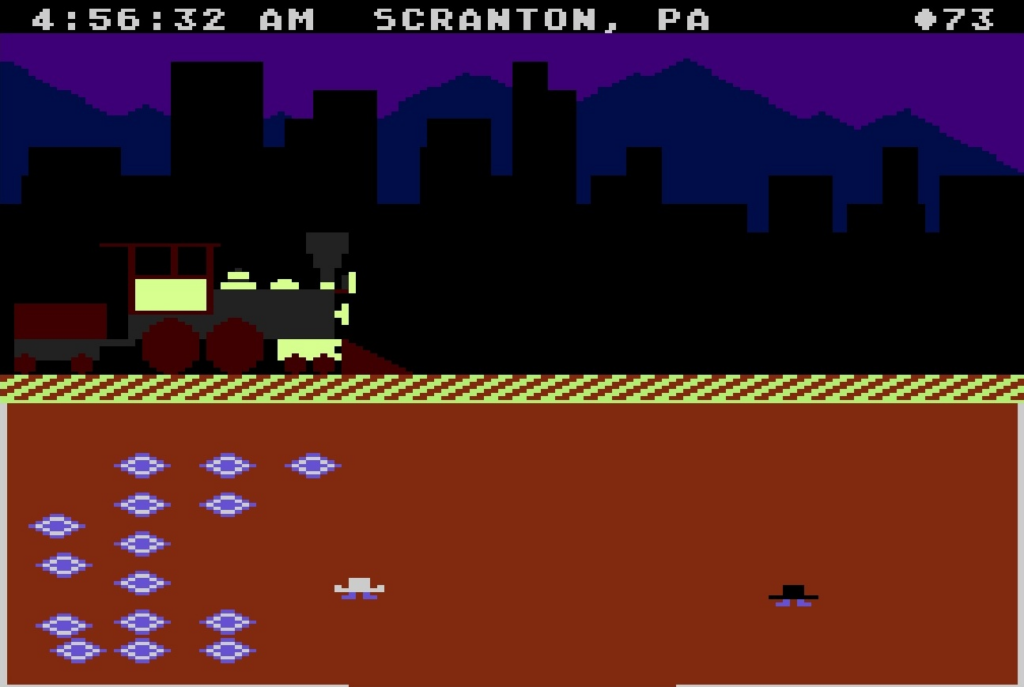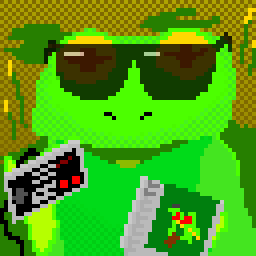
On Romhack Thursdays, we bring you interesting finds from the world of game modifications.
This week’s find isn’t a romhack specifically, but a way of playing them, both in patching and running them in an emulator, in a fairly automated way, at least if the hack you seek to play is for an N64 game, and especially if that game is Super Mario 64. It’s Parallel Launcher.
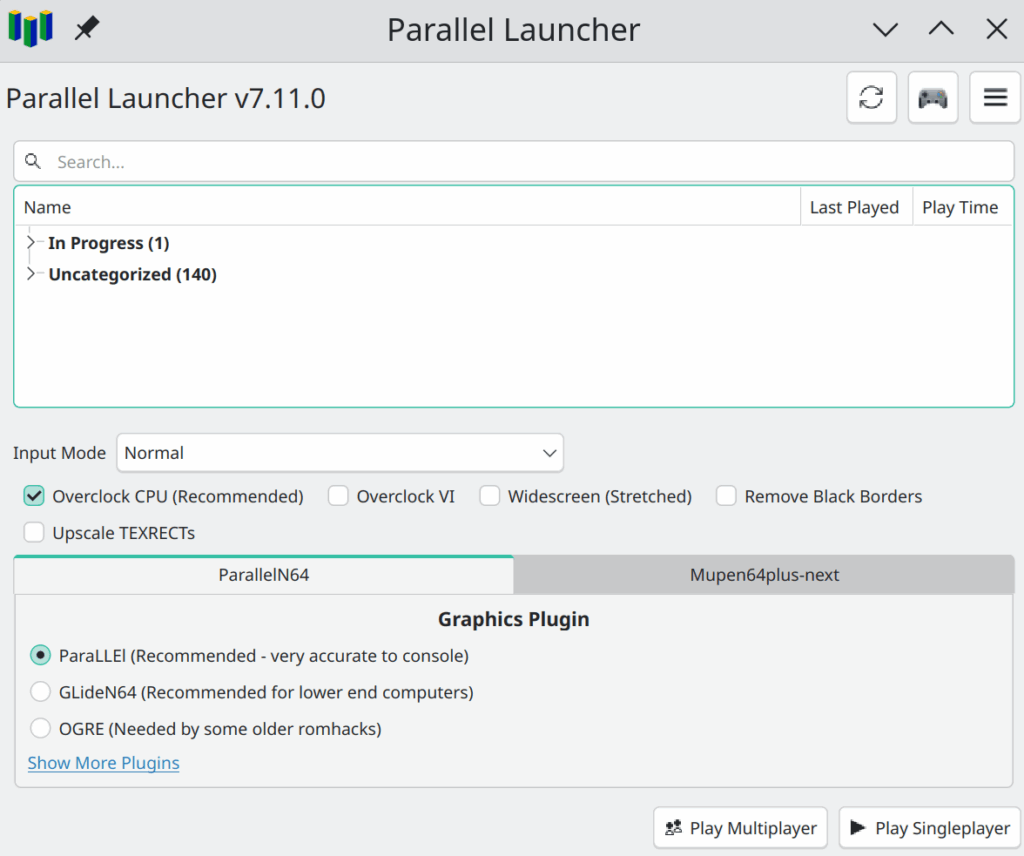
Parallel Launcher is an all-in-one solution to running N64 hacks. When you first run it, it’ll install a small Retroarch binary for its own use and set it up for exclusively for a couple of N64 emulators. You can supply the path to a folder of N64 roms and BPS patches, and it’ll try to apply patches to the roms on the fly when you try to play them.
It also has integration with the website romhacking.com, which is not connected with the hack news site romhacking.net or its follow-up romhack.ing. I’m not sure what the full extent of this integration entails, but if you have Parallel Launcher and a properly set up SM64 rom, and click on a Play Now link on a hack’s page on romhacking.com, it’ll mostly-automatically download the patch, patch the rom, and run it for you, without you having to do anything else other than allow the link to be passed from your browser to Parallel Launcher. There’s even some integration to track what stars you’ve found.
Once set up, Parallel Launcher works well! One of the biggest obstacle to playing romhacks, after sourcing the rom images themselves, is the effort and focus needed to generate them. You obtain the rom, then the patch, then the utility to do the patching. Then you run the utility, supply the location of the rom and the patch, and then roughly half the time the patching fails. If you’re using a format like BPS you’ll be told, and will then have to get the right version of the rom file or figure out how to repair yours. If you’re not using BPS or a similar kind of patch, you won’t find out until you try to run the game.
None of these steps is very hard to understand, but it’s a big hassle. While Parallel Launcher won’t help you find versions of roms, it’ll do just about everything else for you. In the way of emulators and emulation tools, it’s available for most current and popular desktop platforms. It’s a useful tool for a hack player’s box.


